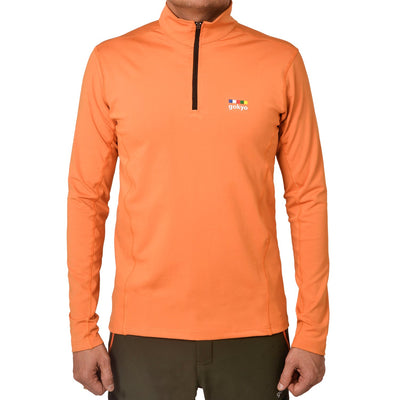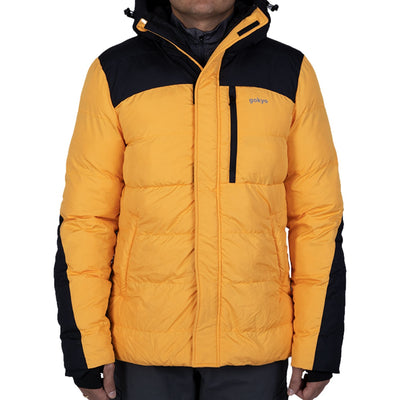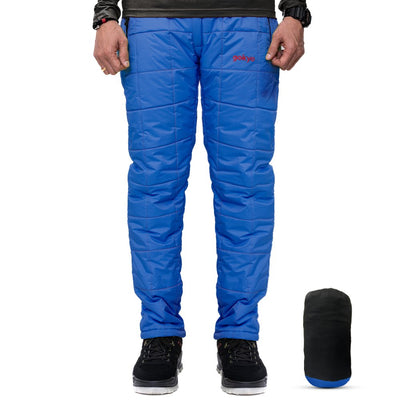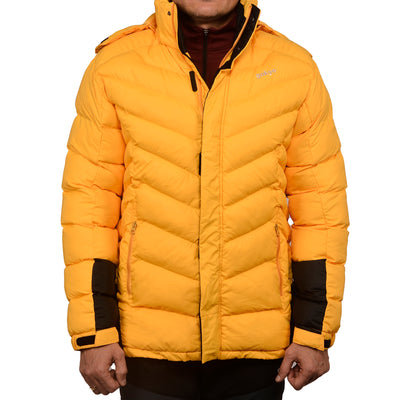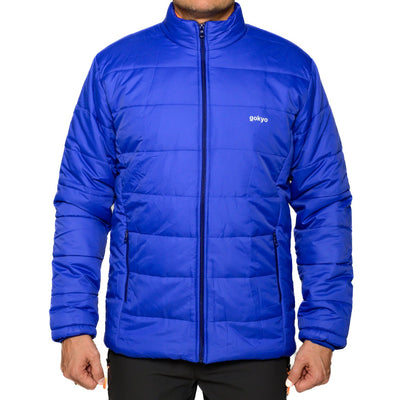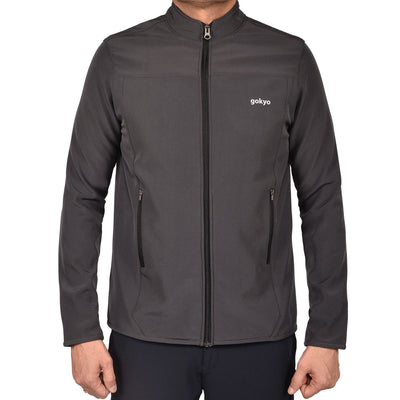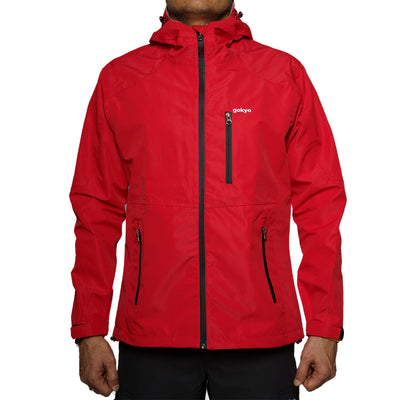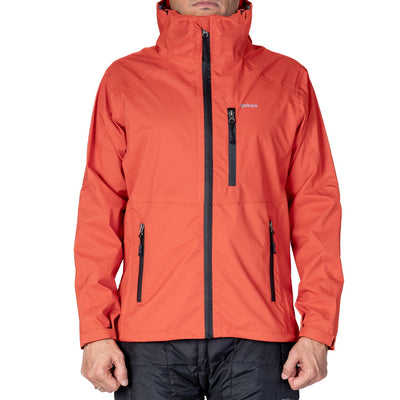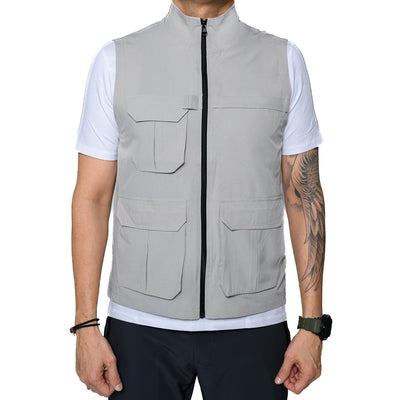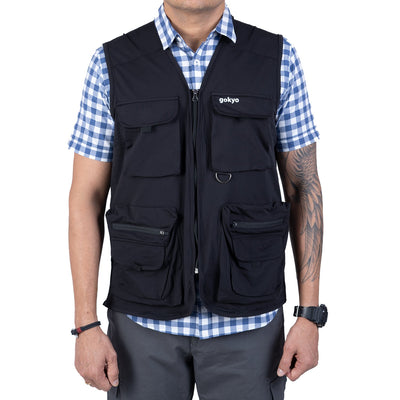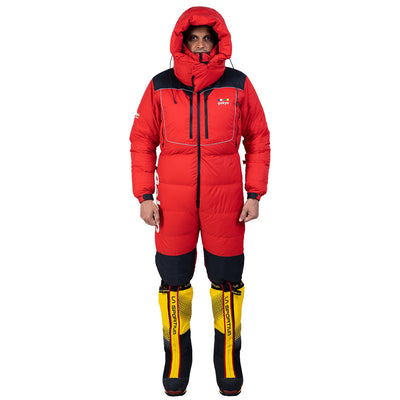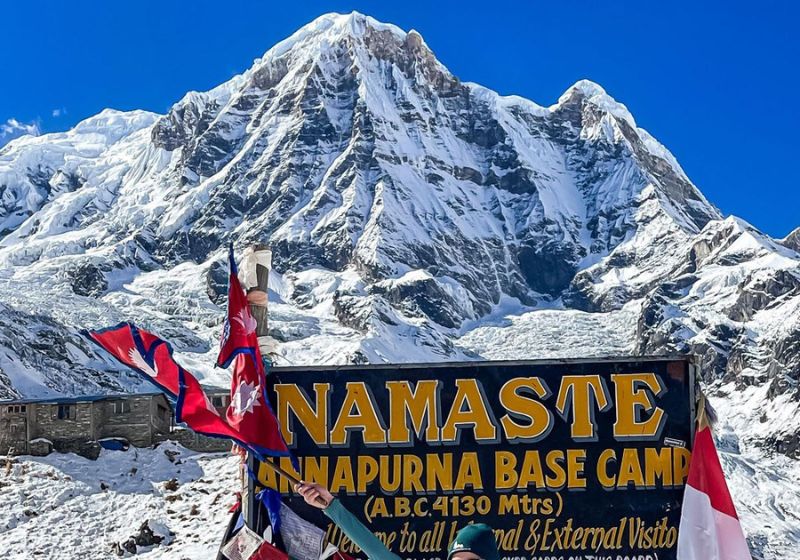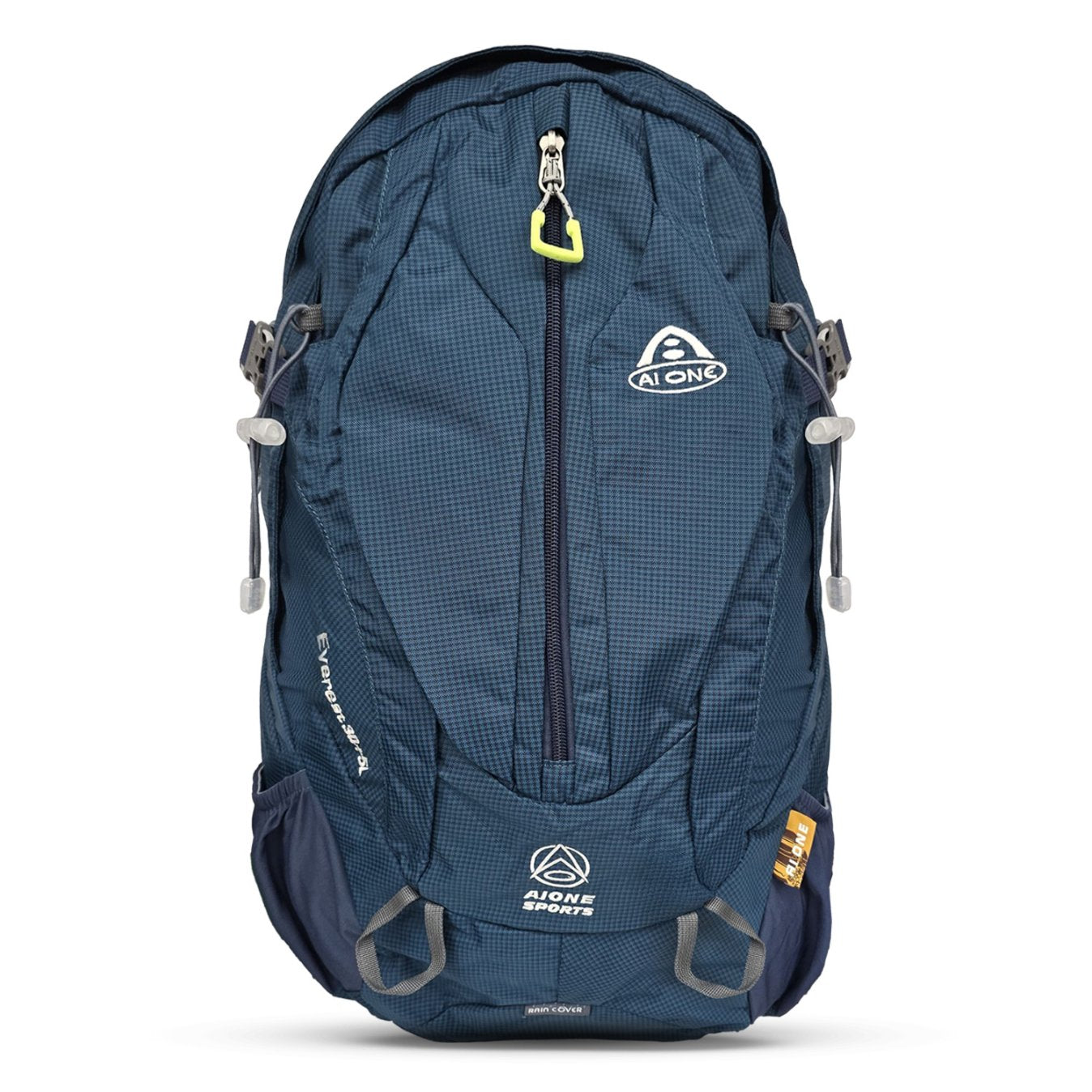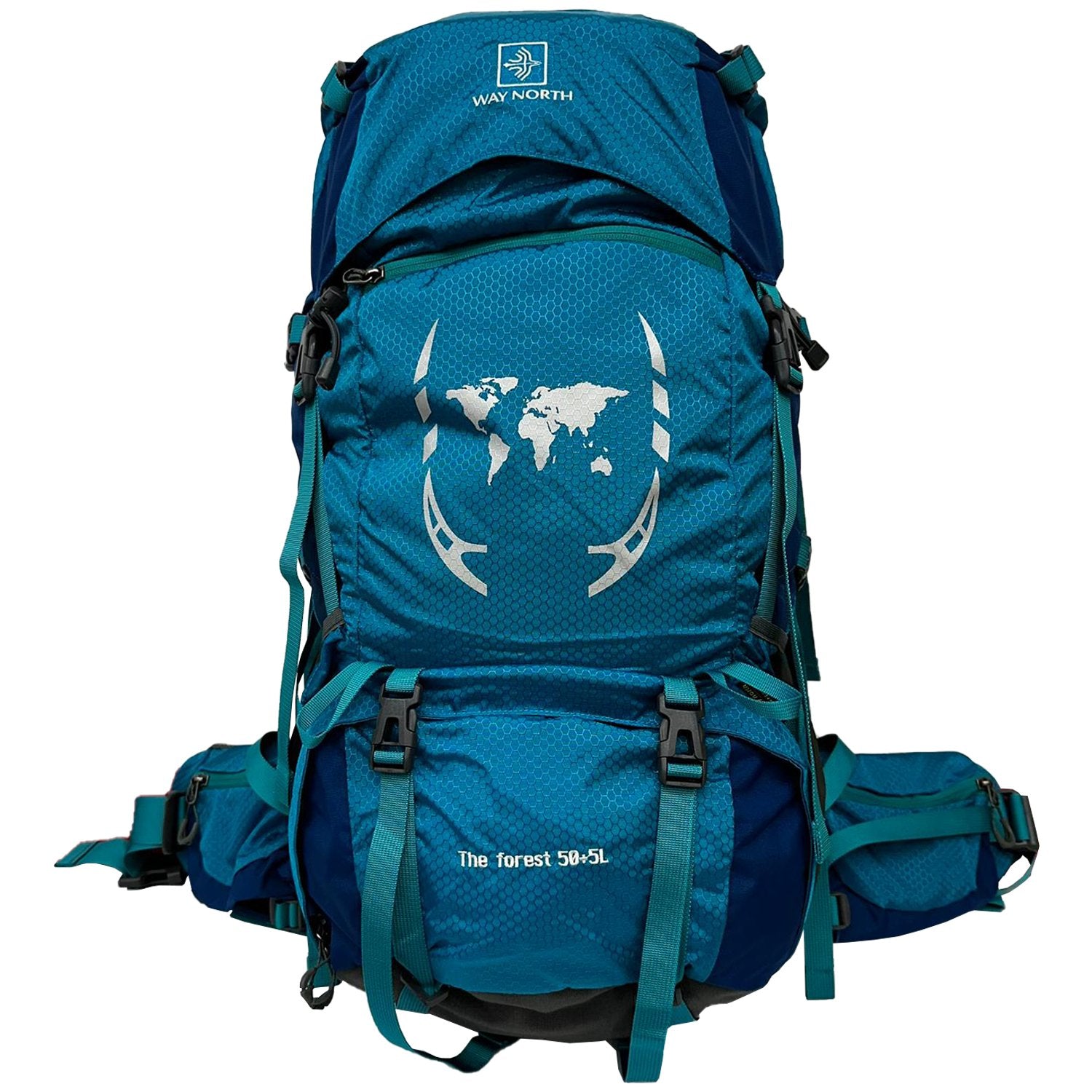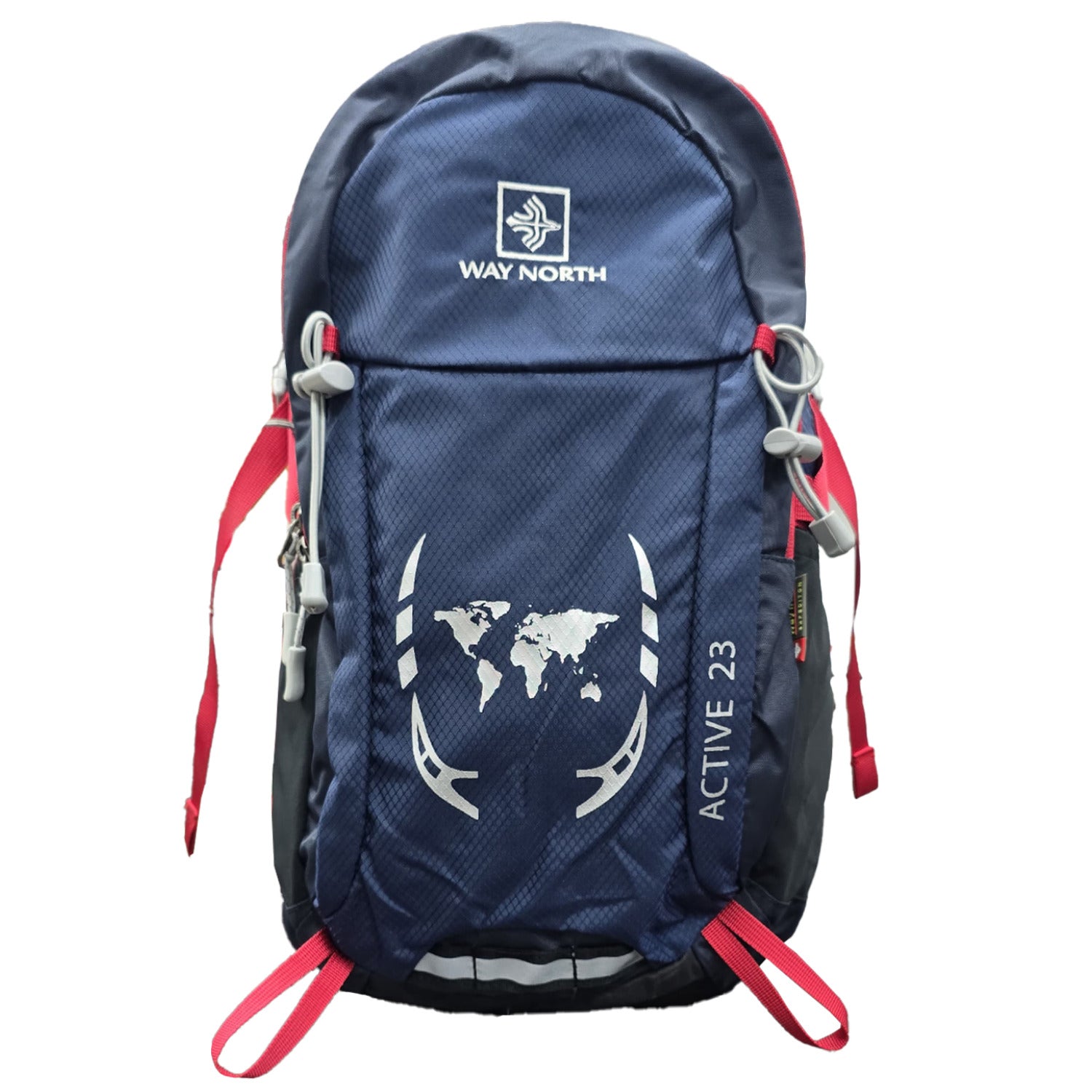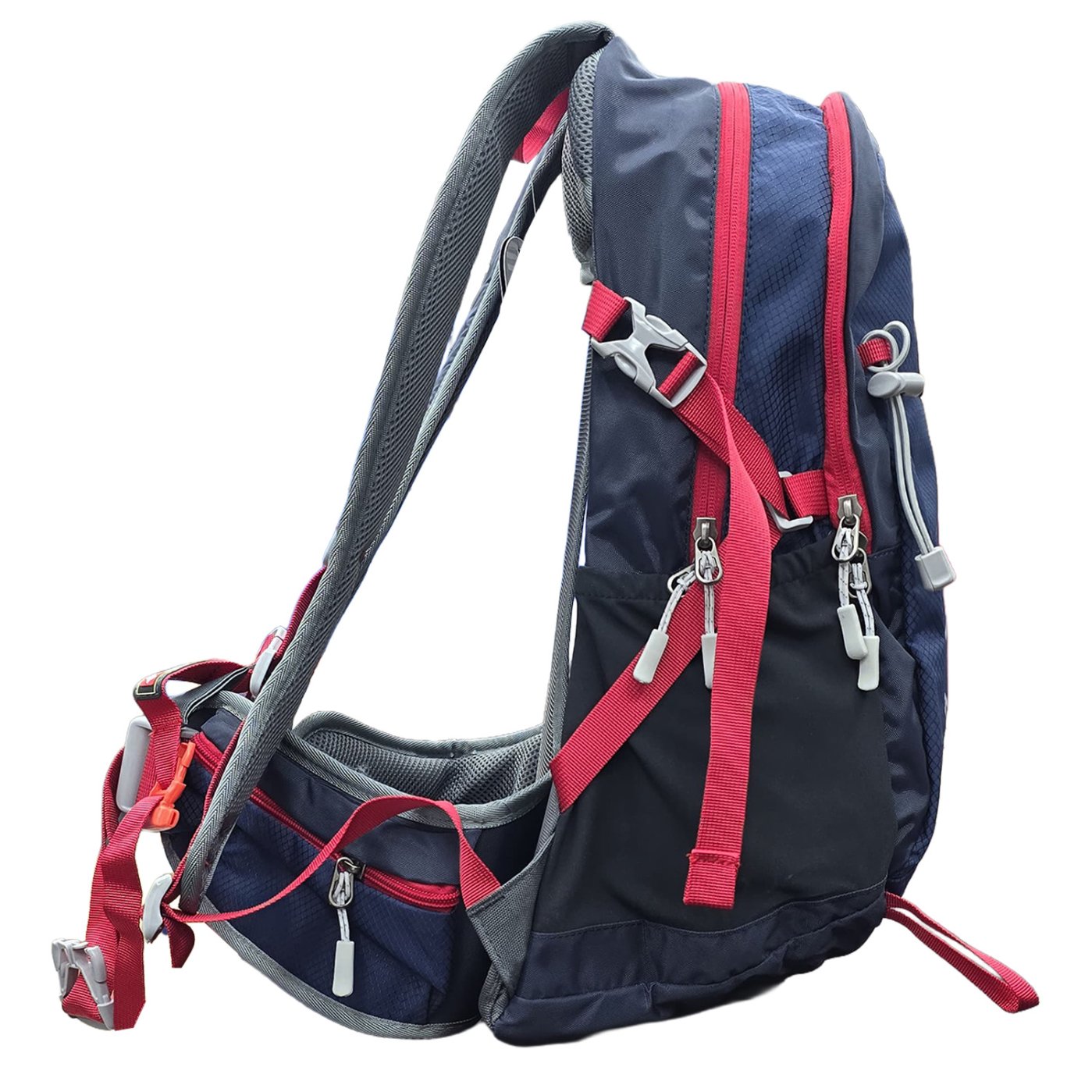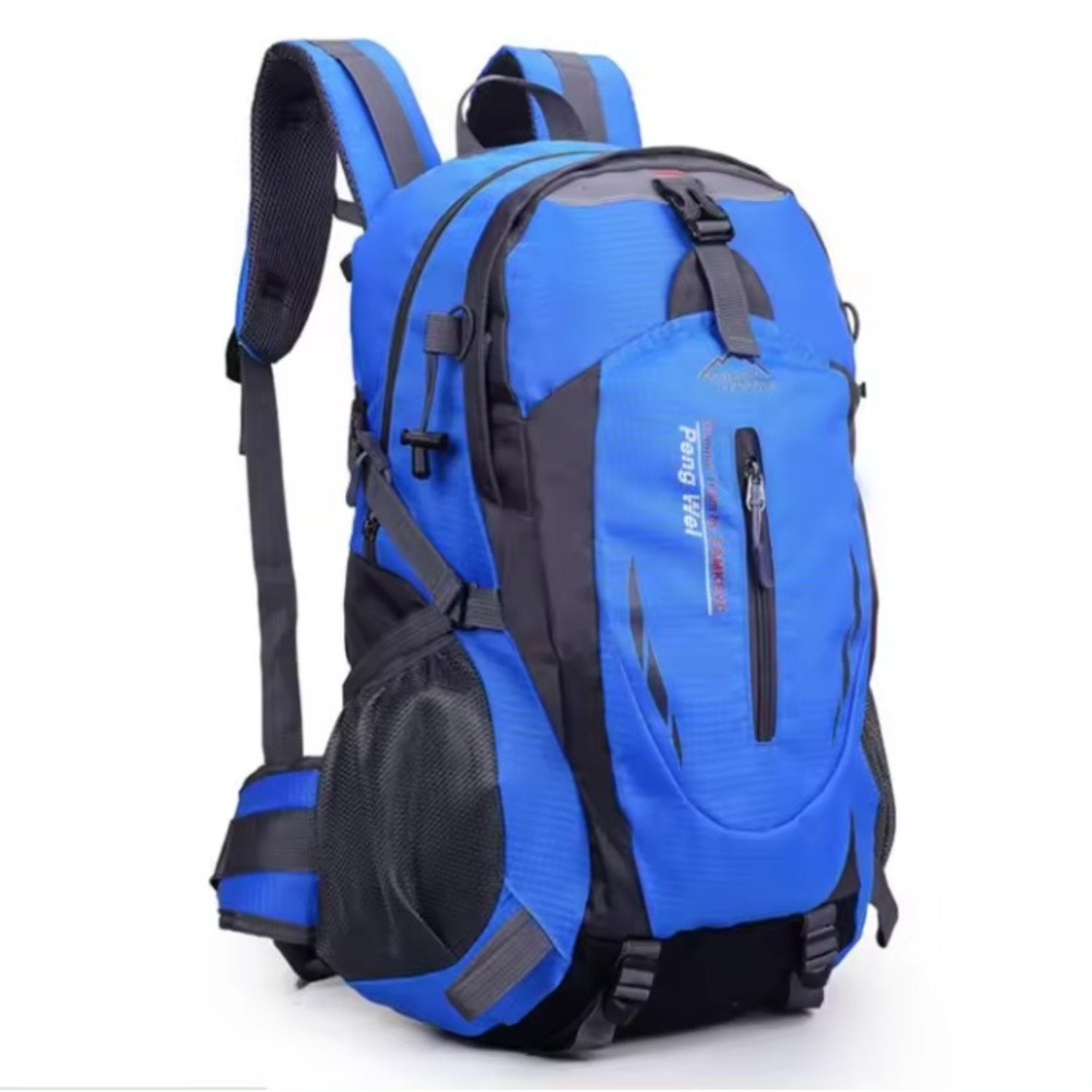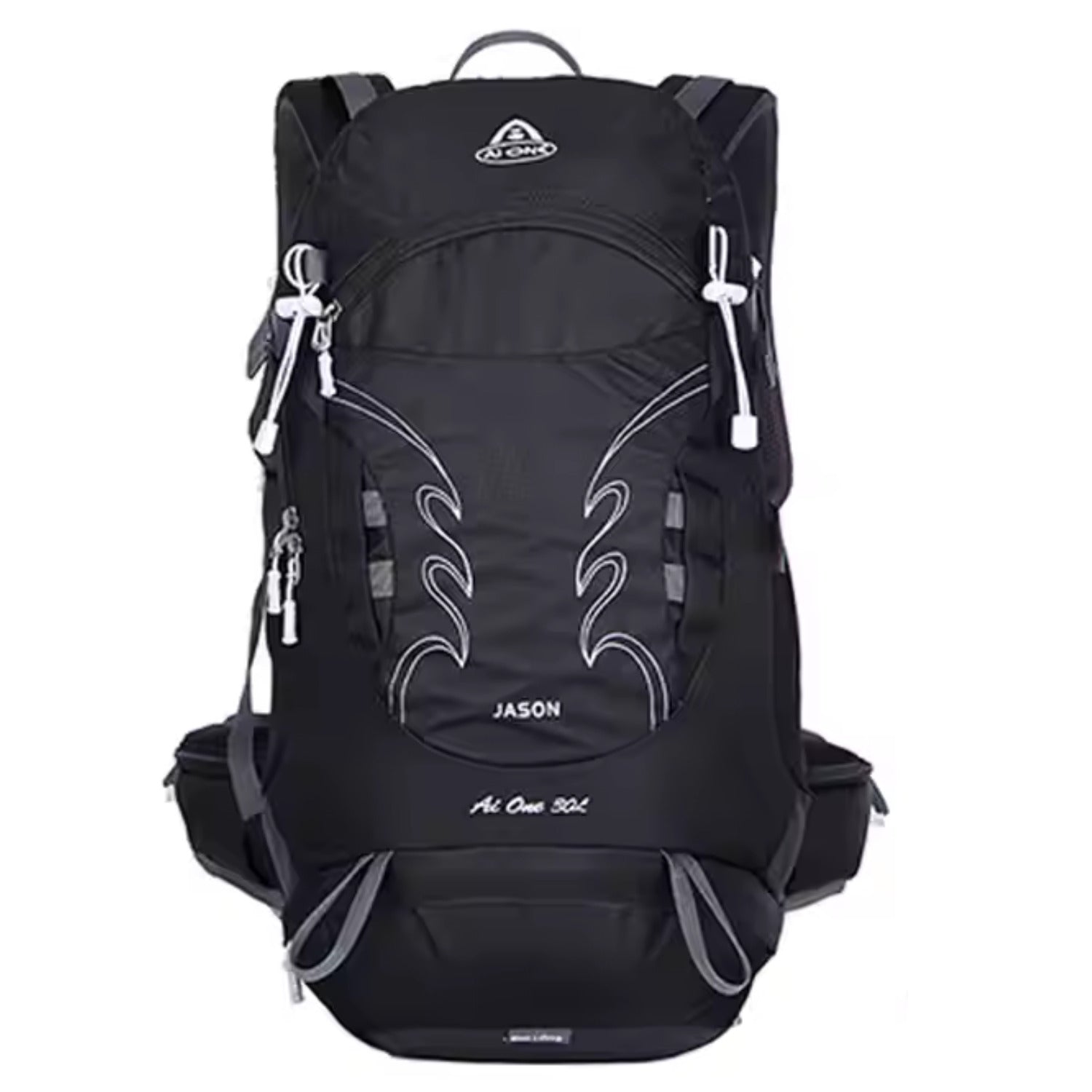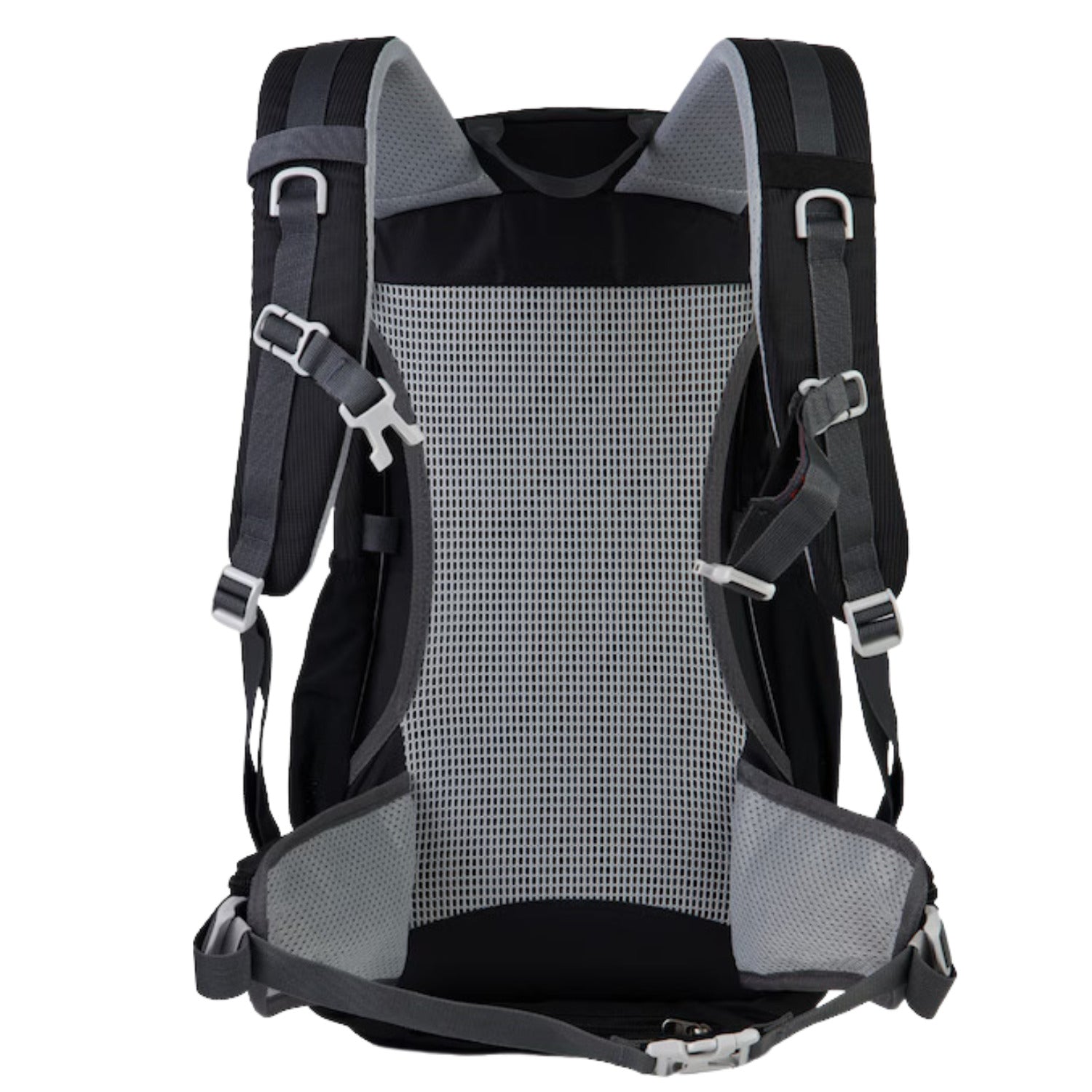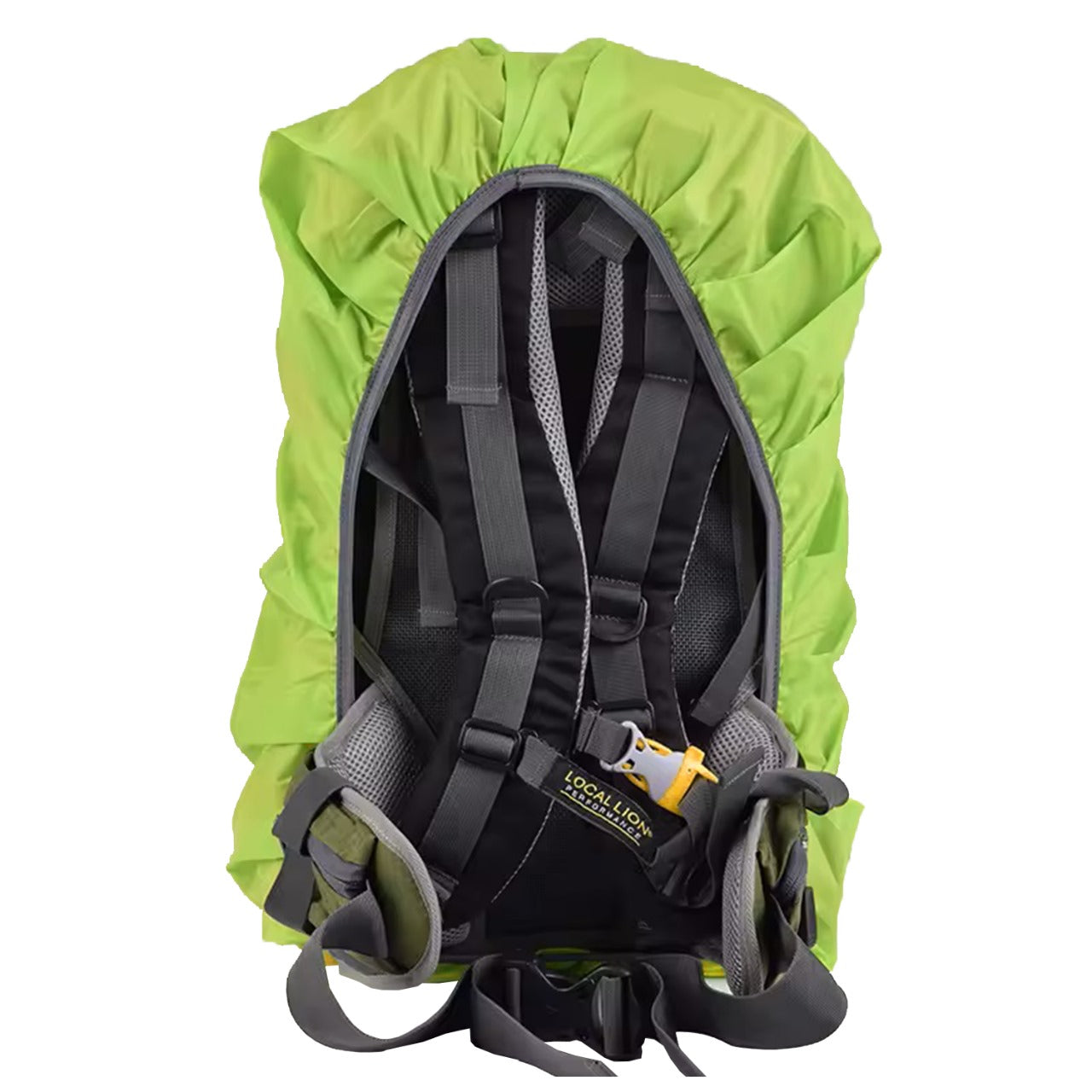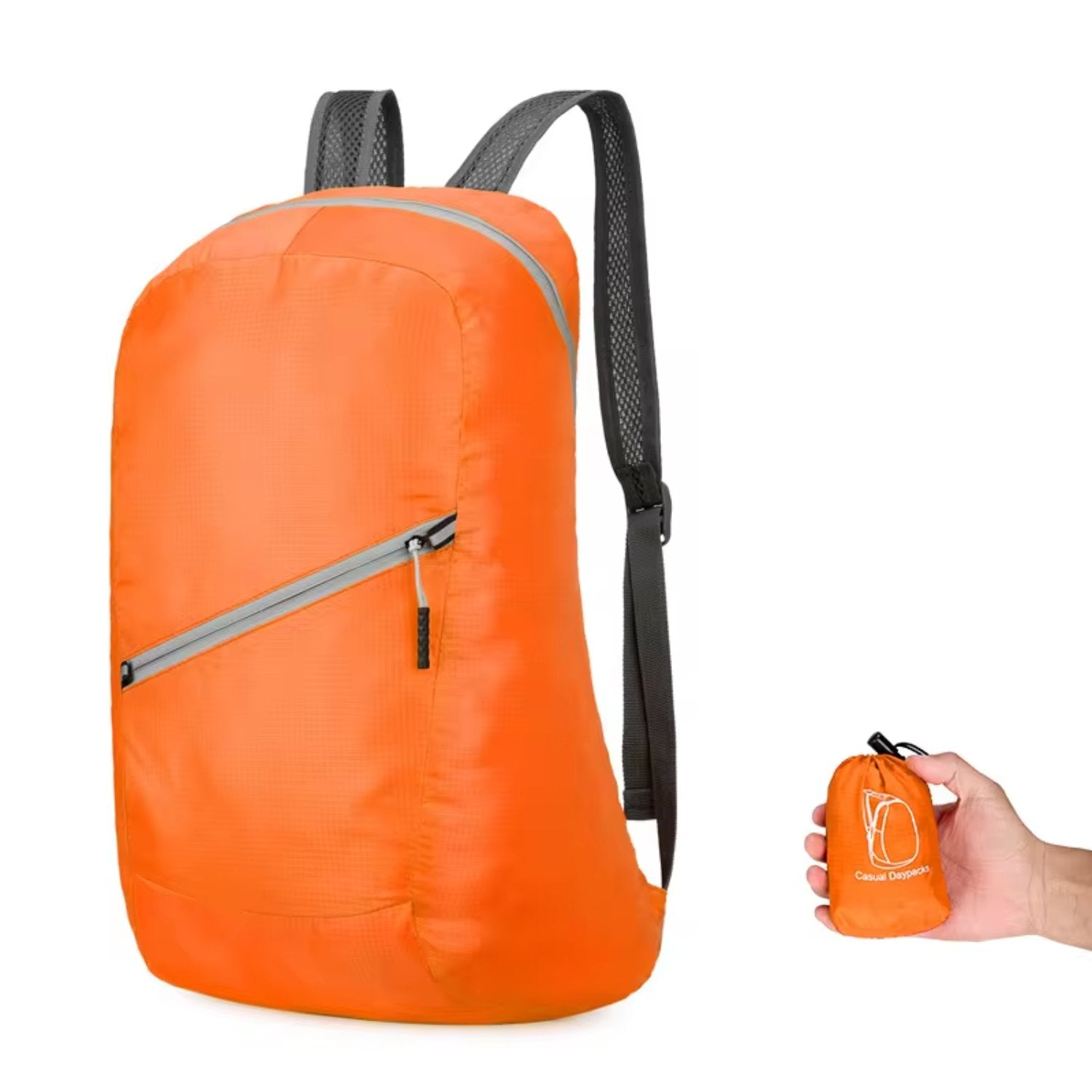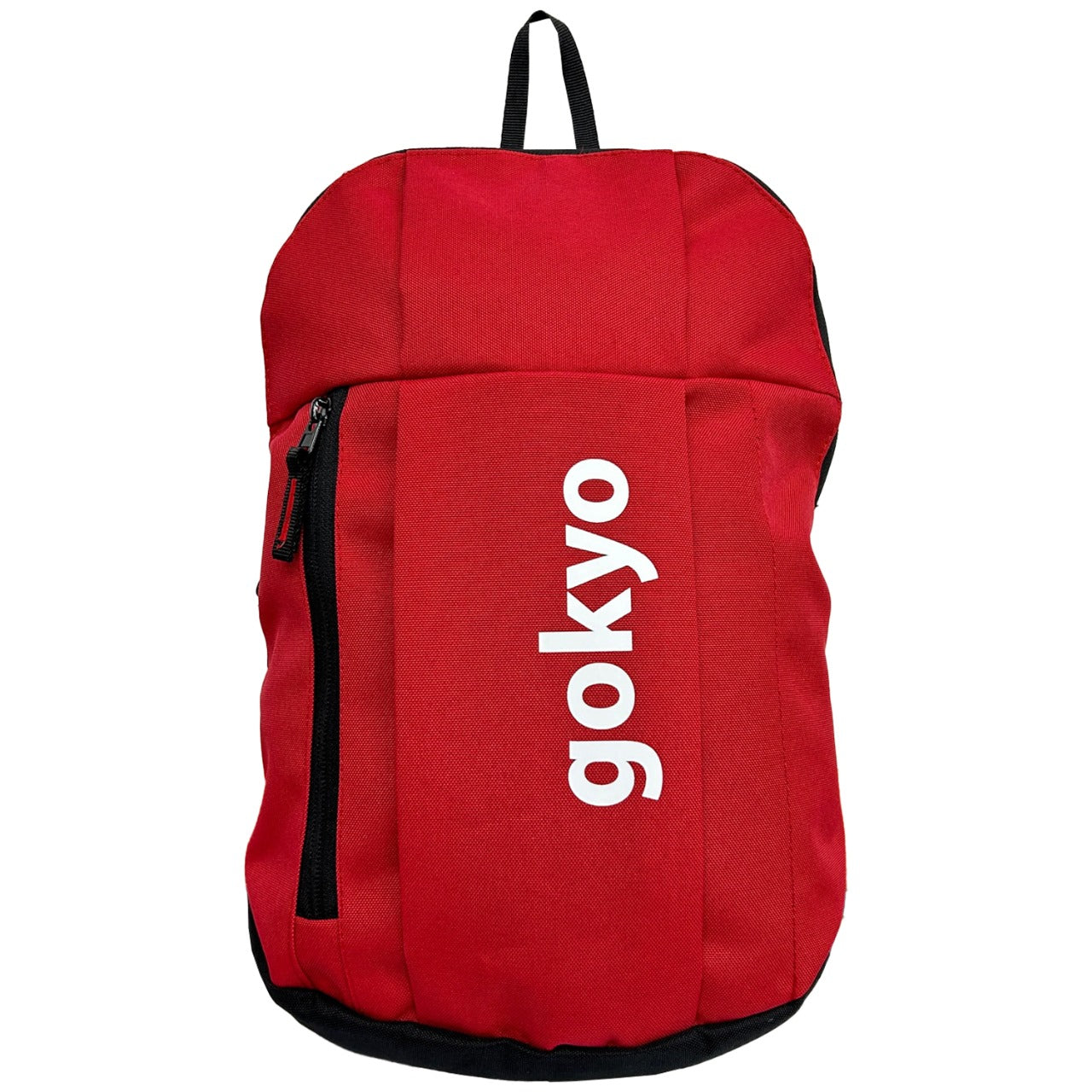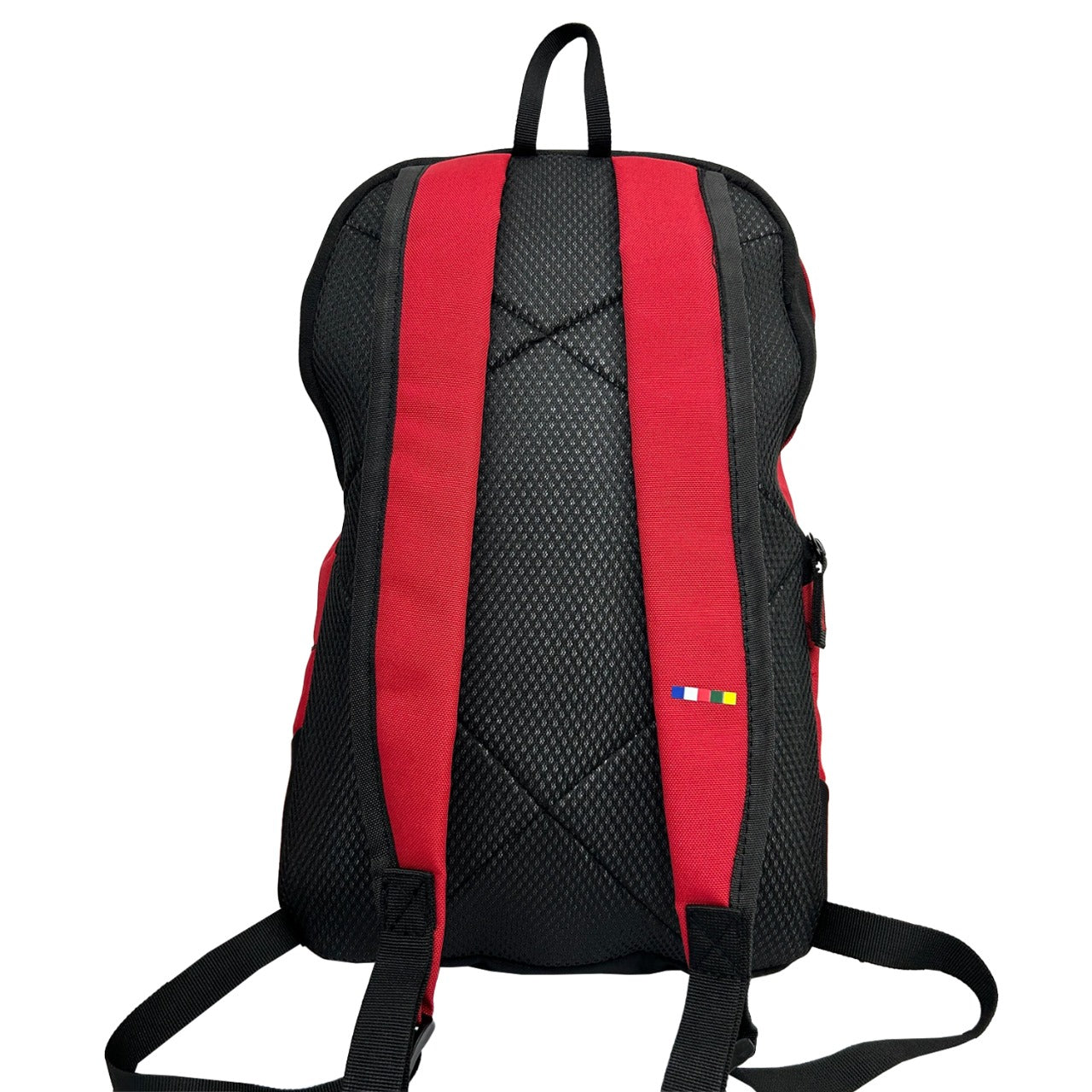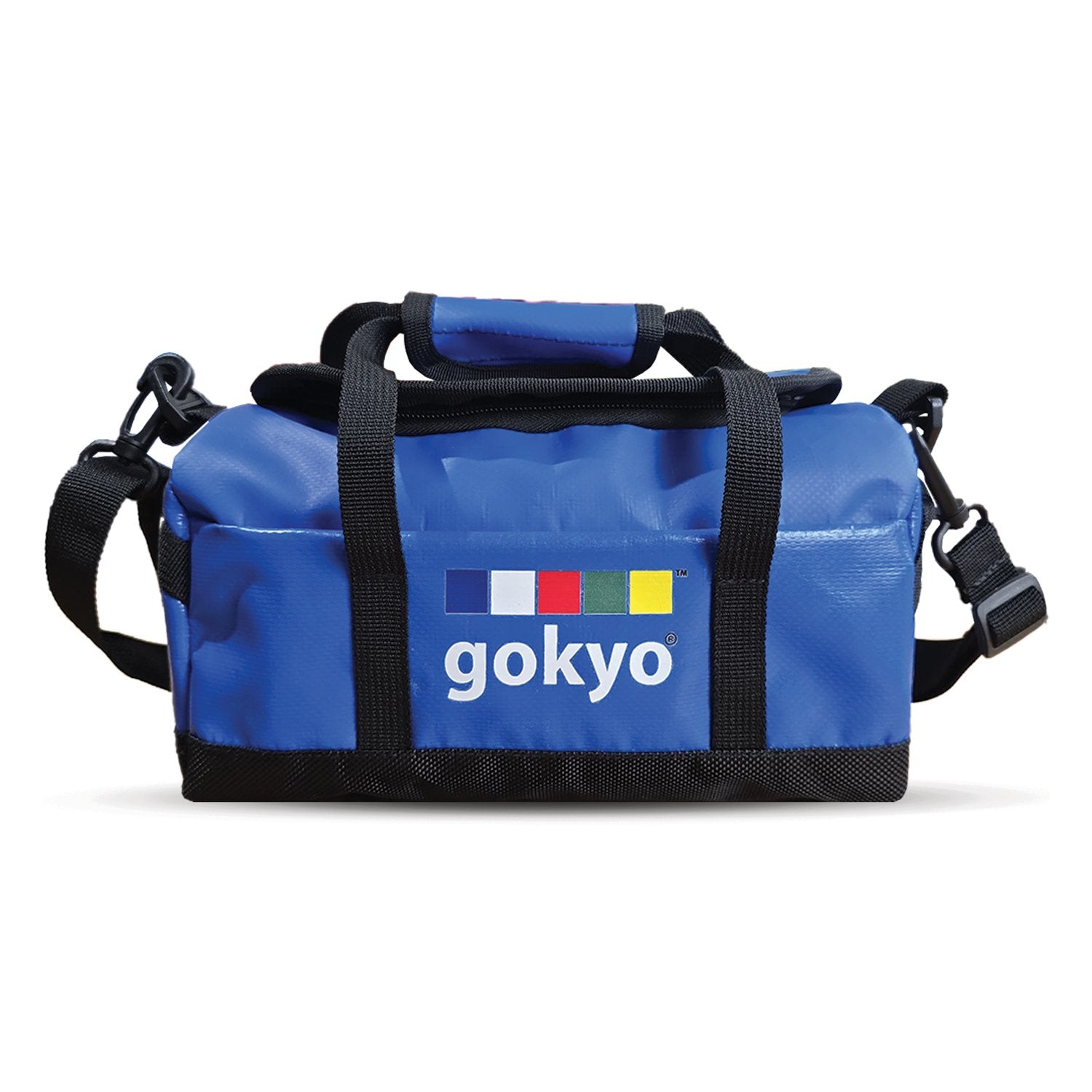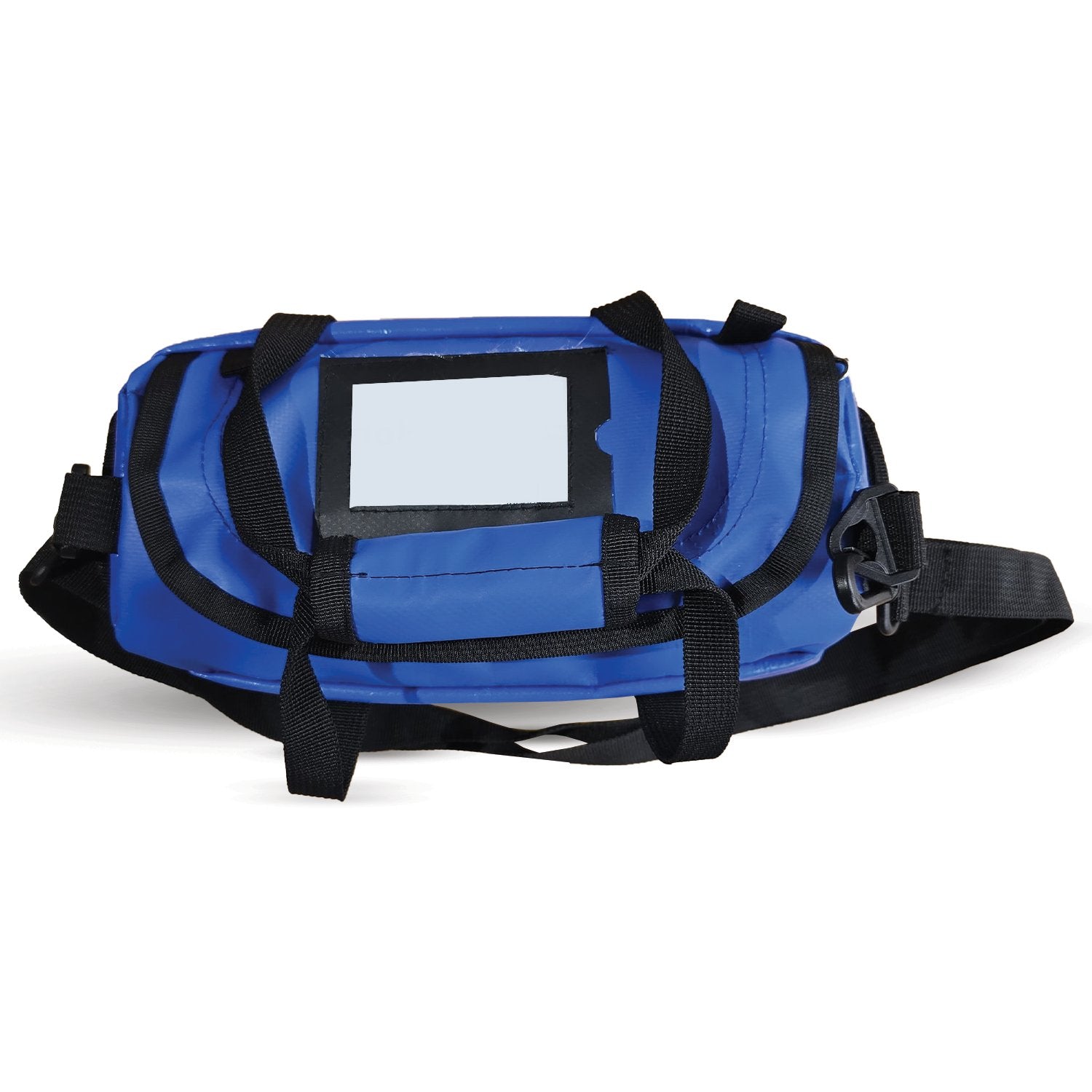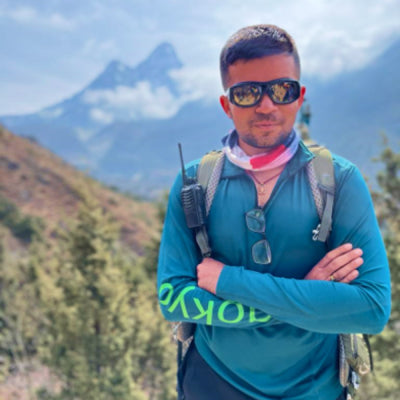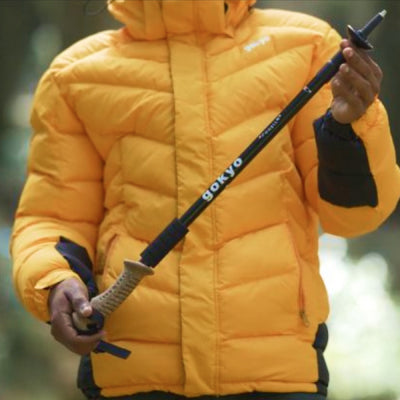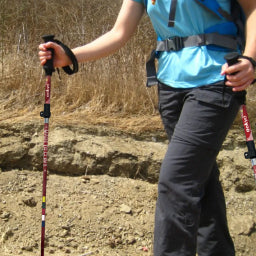Everest Base Camp in December? Here’s How to Gear Up for Sub-Zero Trails
The mere word "Everest" may give you chills, not simply because it is the tallest mountain in the world, but also because it possesses a kind of magic that all adventurers subconsciously hope for.
And if you're going to be one of those adventurers this December, you will have signed up for something else magical — a snow-blanketed, crowd-free adventure of the famous trail which is nearly, serene and indeed, deeply personal.
However, it should be noted, December in the Himalayas is no easy stroll. It’s here where the mountain will test your spirit at an elevation and reward you for acceptance of that challenge. If you're interested in trekking to Everest Base Camp in winter here is everything you need to prepare yourself, to stay warm and truly enjoy the cold, while taking in every ounce of really amazing one in a lifetime experience.
Conquer the Trails with Our Everest Base Camp Trek Collection
Why December? The Calm Side of Everest
Most of the trekkers go to Everest Base Camp between March – May, or September - November when the weather is nice and the tea houses are lively. However, come December, the numbers will thin, the air sharpens and the path transforms into an ethereal, different world, like a fairytale in the Himalayas. Snow is sparkling on the suspension bridges, misty mornings, and ultimately arriving in Namche Bazaar; with hundreds of prayer flags shining like little gems against the light, winter sky.
Yes, it's cold, but that is the beautiful part of it.
You'll have a fairly blank mountain!
What to Expect: Temperature, Terrain and Trekking Conditions
At this time of year, Lukla - which is your starting point - might be near -5 degrees Celsius, whereas Gorakshep, near the Base Camp, can reach about -15 degrees Celsius at night. Days are bright, clear and have sunshine which makes everything sparkle.
The trails are mainly clear - with very few blizzards - and local lodges are open. Just keep in mind that nights will be colder than you expect - and mornings start early; mornings are more of a mental challenge than a physical one.
What is the benefit?
Quieter trails; better photos, and that once in a lifetime experience with limited people making that time of year worth climbing something.
Layers: How to Dress Like a Pro on the Sub-Zero Trails
When you're hitting the Himalaya, layering is not a trend, it's a life-saving skill.
1. Base Layer (Your Warm Base)
It all starts with a moisture-wicking thermal to pull the sweat off your wear as. You won't want anything made out of cotton. Look for something light and that breathes.
2. Mid Layer (Your Insulator)
This is where a fleece or insulated pullover will come in. It's a great option that gives warmth without being overbearing.
3. Outer Layer (Your Wind & Snow Barrier)
Your outer layer is a waterproof, windproof jacket. A waterproof, windproof jacket is key, with a hood, designed to fit over an insulating layer, and with adjustable cuffs. Check out the outdoor clothing & gear collections of Gokyo for a practical, winter coat designed for these elements.
Stay Warm with High-Performance Base Layer Thermals
What You Must Bring
When the trail is ice and the air is biting, your gear is your best friend. Pack us up smart, not heavy – here are things I have learned that seasoned trekkers are never without:
- Trekking Poles: You will love having these for steep descents, especially icy ones; a good trekking pole is excellent assistance to stability transfers through snow and ice on zero-degree terrain.
- Caps & Beanies: Most body heat escapes from your head—so keep it warm with a fleece-lined beanie.
- Travel Bags: Weather resistant (or not) duffel bags or backpacks between 50-70L that include a rain cover.
- Shoes for Trek: You need waterproof trekking boots that provide ankle support; wear them at least a few times before the trek!
- Cargo Pants for Men: This means durable pants that dry quickly and that you can easily pack thermal layers underneath them.
- Jackets for Men: Down insulated jackets or synthetic insulated jackets that perform well in temperatures up to and below zero.
- Electrolyte Powder: You can still get dehydrated, even in cold temperatures— make sure you sip for energy and muscle hydration.
Outdoor-Ready Jackets for Men
Packing Tips from the Trek Leaders
1. Pack Lightly: You should have a pack weighing 10-12 kgs. Anything over that will feel like punishment on steep hike.
2. Packing Cubes: These will help to keep your clean clothes separate from your used clothes, and it also helps you pack efficiently.
3. Handwarmers: A little miracle for numb fingers at 4000m!
4. Sunscreen and lip balm: The cool winter sun at altitude can tan/burn you much faster than you would think.
5. Bring your reusable water bottle. This will help you eliminate the temptation to purchase plastic on the trail (eco-friendly trekking is the only type of trekking!).
Mind Over Mountain: Prepare Yourself Mentally
When planning for a trek to Everest Base Camp, it's good to know that is not all about your physical fitness and it is about your mindset and internal rhythm. The trick is to remain CALM, hydrated, and a comfortable pace to walk on trail.
The process of climbing higher in altitude is a lesson in patience, and you may hike for hours up through pine forests on icy bridges and wondering if you have lost your mind, and then all of the sudden you arrive at Base Camp and the world opens up to you, and there is a quietness that you cannot possibly put into words.
And then you will realize it was worth every frozen morning in a tent, and every painful slog of a step you took on your journey.
Fuel for the Climb: Eat Well
Tea houses along the way offer simple meals, like hot soups, dal bhat, noodles, and momos—they're simple meals, substantial and nourishing enough.
Take warm, simple food, and keep your adventuresome spirit for another session (as much computing as you can take)--the ups and downs are a high altitude).
Bring some energy food: Power snacks, nuts, protein bars, or electrolyte powder (or even some sort of energy bar or SCR to keep your energy topped off throughout a longer day on a hike). Yes - drink lots of water, even if you don't feel thirsty.
Energy-Boosting Food and Supplements for Trekking and Travel
Acclimatization - Take Your Time!
The journey to Everest Base Camp is not about speed, but about respecting altitude - Golden Rule: Climb high, sleep lower.
All itineraries incorporate acclimatization (rest) days, such as in Namche or Dingboche. Don't skip them! Your body will thank you later for acclimatization.
Beyond the Gear — The Spirit of Gokyo
At Gokyo, we have always believed adventure is about just summiting a mountain, it is about feeling alive on the way up. Whether you are putting layers on to trek or getting ready for your next summit, Gokyo Outdoor Clothing & Gear is made to keep you warm, safe and unstoppable, like the mountain’s spirit.
Frequently Asked Questions (FAQs) : Answers to Your Everest Questions in Winter
1. Is Everest Base Camp for beginner trekkers December?
If you prepare and are fit - yes! The cold can be uncomfortable but manageable as long as you are prepared and hike at your own pace.
2. How cold will Base Camp be?
Expect temperatures at night of -10°C to -20°C in December. You will have sunny, warm enough days to hike.
3. Will the lodges be operational in December?
Generally, yes, tea houses will be open. Although, we would recommend pre-booking or to check with your operator.
4. Do I need to buy special footwear for the trek?
Yes, you will need a good quality waterproof trekking boot that is grippy and supports your ankle to walk on the icy trails.
5. What is the most common mistake first-time trekkers make?
Overpacking. Or underestimating the cold. Pack only what is necessary, wear appropriate layering and watch the weather.
6. Is it still worthwhile to trek to Everest in the winter?
Yes, for sure. It is pure, quiet and a time you'll remember. You'll truly feel like you're walking into your own postcard of the Himalayas.
Conclusion
December at Base Camp is not for everyone, but for the adventurous who attempt this trek, it is certainly an experience you won't soon forget once the snow melts. You'll come back a stronger, lighter and maybe even a little changed person as you didn't realize it but you figured out what adventure means when you're up there where the air is thin, and everything seems endless.



